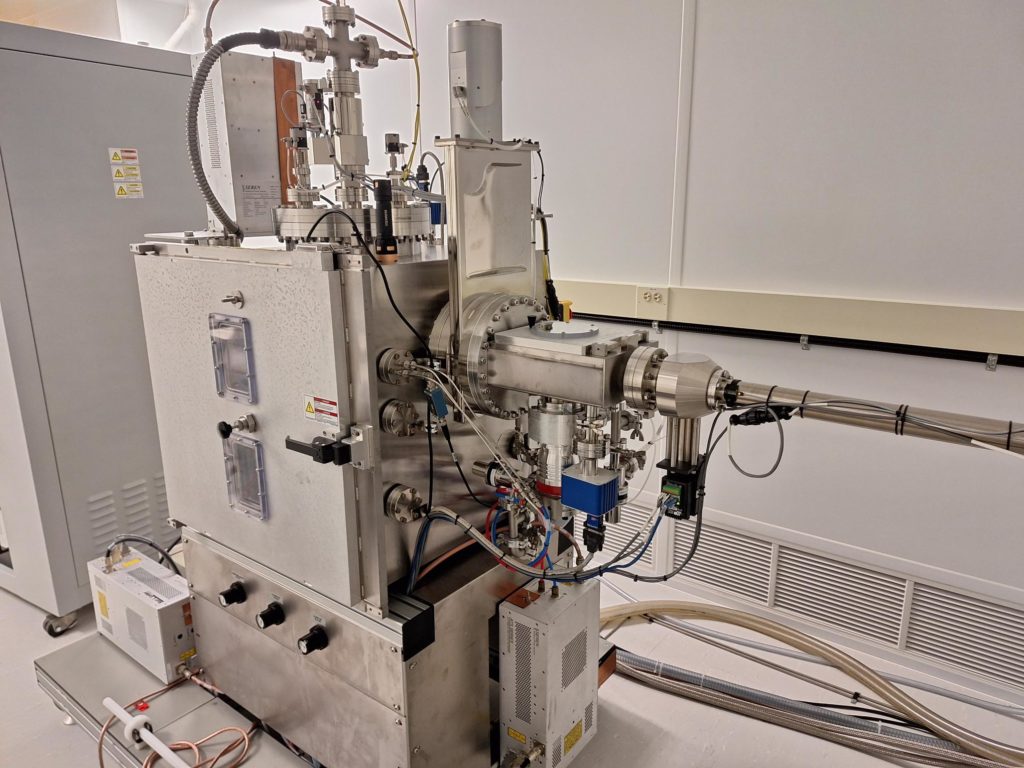Research
Ferroelectric Tunnel Junctions as Artificial Synapses
The human brain possesses an unrivalled ability for cognitive learning and pattern recognition. Nowadays, deep learning algorithms are used in everyday life, performing similar cognitive tasks to the human brain, but with energy requirements orders of magnitude higher, resulting in a very high carbon footprint. Developing a hardware capable of human learning would significantly reduce this energy consumption to a value close to that of our brains.
The brain’s learning capability is ensured by its neural network, which consists of neurons interconnected by synapses. Ferroelectric tunnel junctions consist of an ultra-thin ferroelectric layer, acting as a potential barrier, sandwiched between two metallic electrodes. These devices can be exploited for non-volatile memory as an alternative to DRAM. The devices’ resistance can be varied between a high and a low resistance state by applying an external bias, corresponding to the 0 and 1 logical states in binary code. These devices are not restricted to two logical states, but can also perform multilevel switching, similar to the human brain. In these devices, the change in synaptic weight is emulated by this multilevel switching.


Ferroelectric materials by microwave-assisted hydrothermal synthesis
Microwave-assisted hydrothermal synthesis is a highly inexpensive technique as it does not require any sophisticated equipment. It is performed at low temperature and provides good stoichiometry control, uniformity, and reproducibility. We use this method to synthesize ultra-thin ferroelectric films that we then fabricate into FTJ-based artificial synapses.
Radio-frequency Magnetron Sputtering
The other deposition technique we use for our ferroelectric films is radio frequency (RF) magnetron sputtering. This method is highly industry favored as it enables a high film uniformity over a larger area, good stochiometric control, and high reproducibility.

